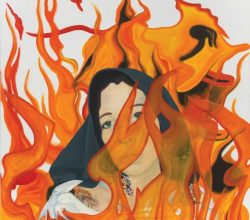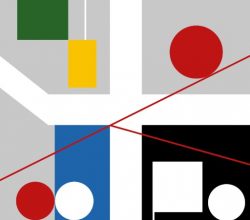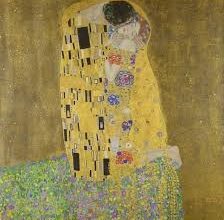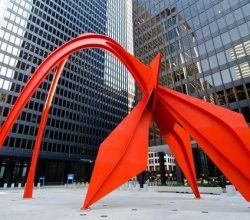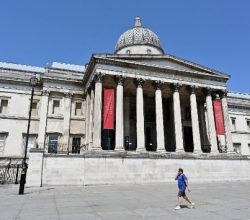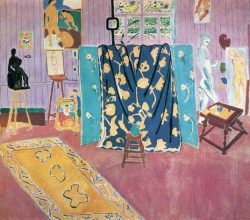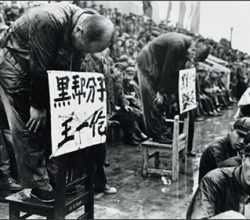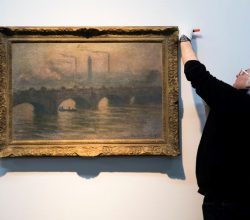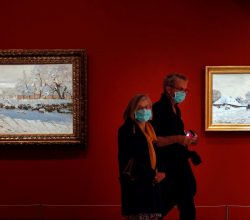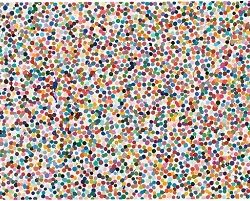
Damien Hirst: Colour Space Paintings
Blake Gopnik | Gagosian Quarterly | 22nd June 2020
A blizzard of name dropping in this piece makes one wonder – is it just marketing? The 19th century Pointillists thought dots “the fundamental unit of representation”. Hirst’s dot paintings are representational – they show a world of “tiny details”. Except, all that detail doesn’t convey extra information. In that sense these paintings “fail – [and] failing, grandly, is modern art’s best recipe for success.” Convinced?

